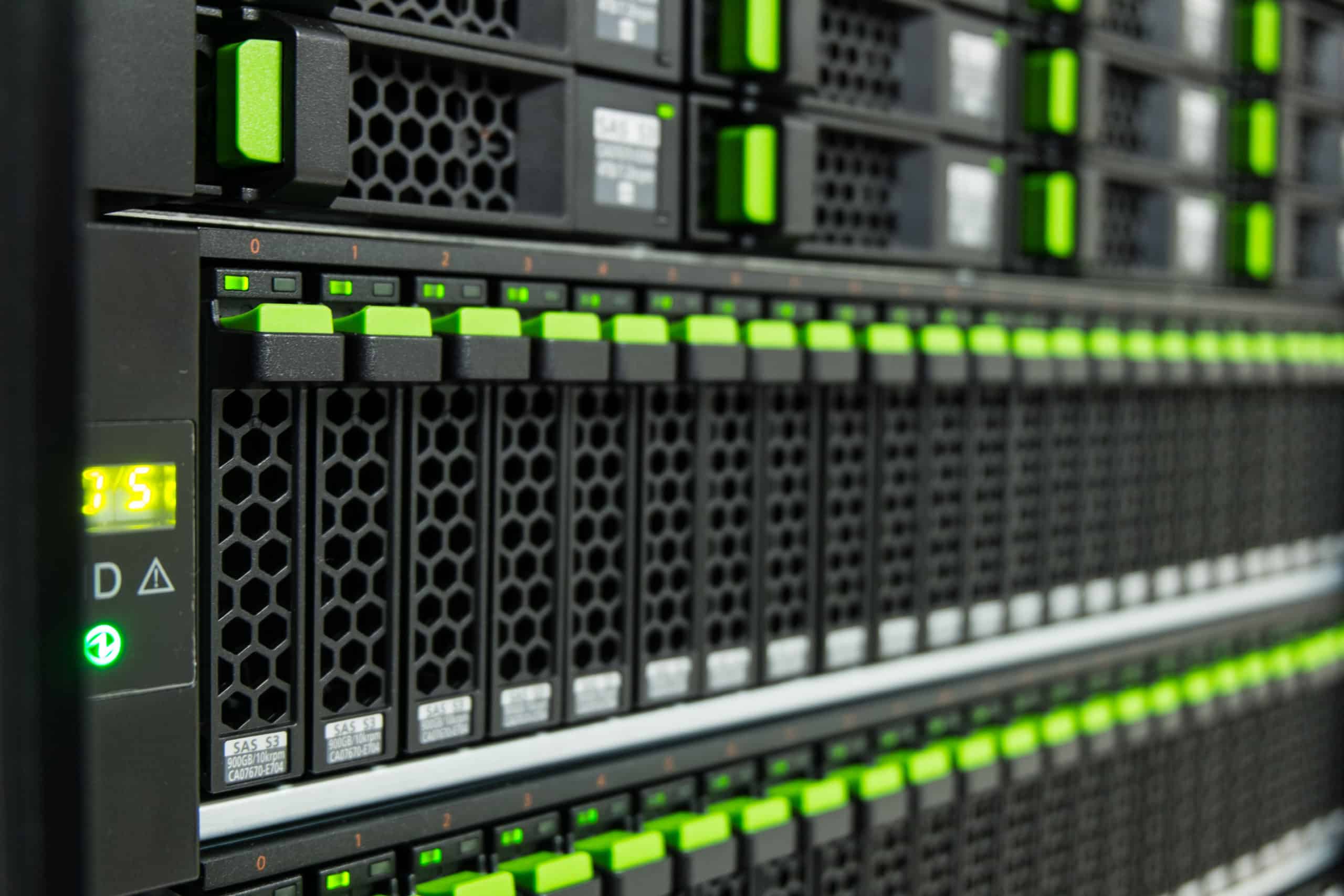RAID, or Redundant Array of Independent Disks, is a technology that allows multiple physical hard drives to be combined into a single logical unit. This can provide a number of benefits, such as increased storage capacity, improved performance, and data redundancy. In this article, we will explore the different types of RAID solutions that are commonly used in network-attached storage (NAS) systems.
RAID 0
RAID 0: RAID 0, also known as striping, spreads data across multiple drives. This can improve performance, as the data can be read and written to multiple drives simultaneously. However, RAID 0 offers no data redundancy, which means that if one drive fails, all data will be lost. It is not recommended to use RAID 0 in NAS systems.
RAID 1
RAID 1: RAID 1, also known as mirroring, creates an exact copy of the data on two or more drives. This provides data redundancy, as the data can be recovered from the copy in the event of a drive failure. However, RAID 1 only uses half of the total storage capacity, as the data is duplicated.
RAID 5
RAID 5: RAID 5 uses block-level striping, with distributed parity. This allows for data recovery in the event of a single drive failure, but it does not provide the same level of performance as RAID 0 or RAID 1. RAID 5 is a good option for NAS systems that require data redundancy but don’t require high performance.
RAID 6
RAID 6: RAID 6 is similar to RAID 5, but it uses double parity, which allows for data recovery in the event of two drive failures. It is a good option for NAS systems that require high data availability, but it is slower than RAID 5.
RAID 10
RAID 10: RAID 10, also known as RAID 1+0, is a combination of RAID 1 and RAID 0. It provides both data redundancy and high performance, but it requires at least four drives.
RAID 50
RAID 50: RAID 50 is a combination of RAID 5 and RAID 0, it provides good data redundancy and performance, it’s good for high-performance nas
RAID 60
RAID 60: RAID 60 is a combination of RAID 6 and RAID 0, it provides good data redundancy and performance, it’s good for high-performance nas
Conclusition … remember raid is not a backup solution.
When choosing a RAID solution for a NAS system, it’s important to consider the trade-offs between performance, capacity, and data redundancy. The RAID level that will be best for a particular system will depend on the requirements of the organization, and the criticality of the data that will be stored on the NAS. It’s also important to consider the number of drives that will be used, as some RAID levels require a minimum number of drives.
It’s important to note that RAID is not a substitute for backup, it’s a way to protect your data in case of a drive failure, and it’s not a way to protect your data against other type of failures like human errors, software bugs, viruses, ransomware or hardware failures that are not related to the drives.
It’s also important to note that different NAS vendors may implement RAID in different ways, and that the RAID levels described above may have slight variations in their implementation, be sure to check the official documentation for the latest and most accurate information.
 1177
1177


